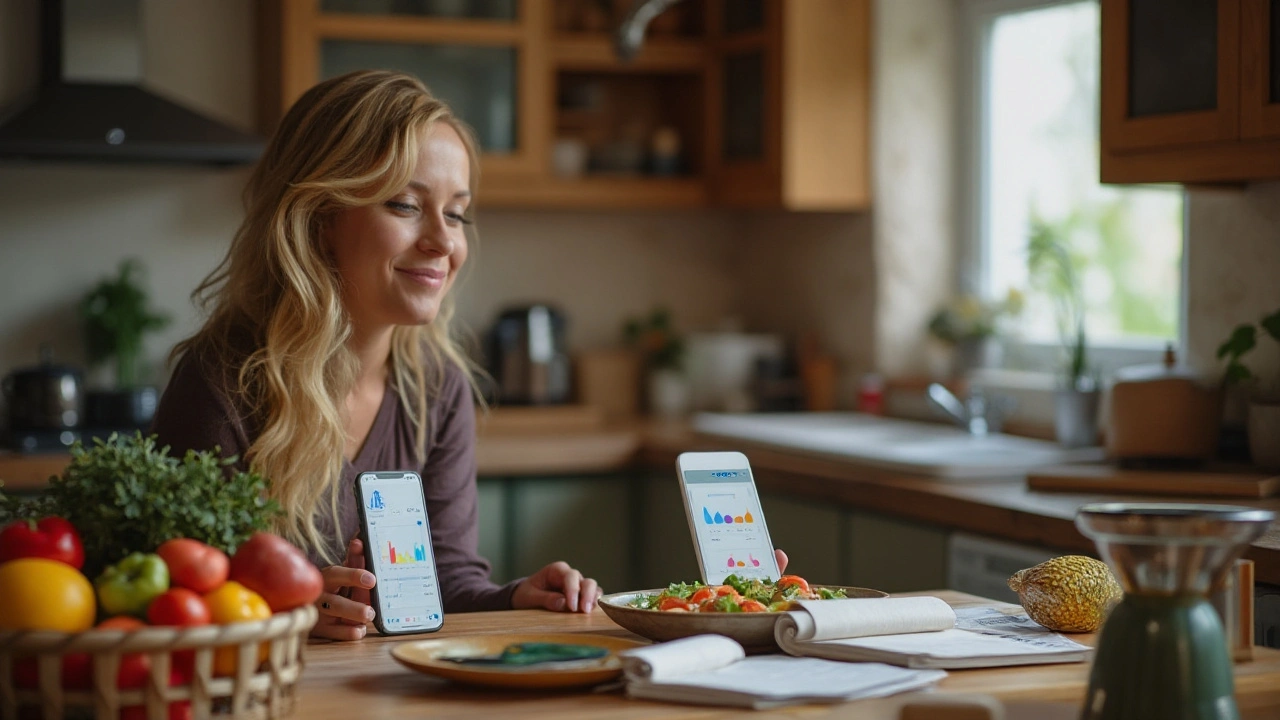Continuous glucose monitoring: Practical guide to CGM use
A continuous glucose monitor (CGM) gives a reading every few minutes — often 288 times a day. That level of detail can change how you eat, move, dose insulin, and sleep. If you’re tired of guessing where your blood sugar is, a CGM is the single tool that most quickly shows trends instead of single snapshots.
How a CGM helps you day-to-day
CGMs use a small sensor under the skin to measure glucose in the interstitial fluid. They show real-time numbers, trend arrows, and set alerts for highs and lows. That means you can catch a falling glucose before symptoms start, spot a post-meal spike, or see how exercise affects your levels without finger pricks. For people with type 1 diabetes, frequent lows, or insulin use, CGM reduces emergency lows and improves time-in-range.
CGMs aren’t perfect: they lag capillary blood by a few minutes and can read differently during rapid changes. Use a fingerstick to confirm when symptoms don’t match the screen or when dosing insulin based only on a CGM reading would be risky.
How to choose a CGM
Focus on three things: sensor life, accuracy, and how the device fits your routine. Sensor life ranges from 7 to 14 days or longer. Accuracy is often shown as MARD — lower is better. Think about whether you need real-time alerts, smartphone integration, or pump compatibility. Check costs and insurance coverage; many plans cover CGMs for people who meet criteria, so ask your clinic for code and paperwork help.
Also check practical details: how the sensor attaches, whether it needs calibration with fingersticks, and the sensor warm-up time. If you travel, pick a system whose app and receiver work in your destination and can share data with a caregiver if needed.
Everyday tips to keep readings reliable
- Prep the skin: clean and dry the site, remove lotion, rotate sites to avoid scar tissue. Common places are the upper arm and abdomen. - Let sensors warm up: don’t trust readings during the warm-up window. - Watch adhesives: use extra patches if you sweat or swim frequently. Medical tape or adhesive rings help. - Compare with fingersticks: do a check when readings jump fast or before major insulin doses. - Manage interference: some devices warn about acetaminophen interference or strong electronics—follow the manual. - Update firmware and app: software updates fix bugs and improve data syncing.
When to contact your healthcare team? If you have repeated low readings, unexplained high trends, or if alarms regularly don’t match how you feel. Bring screenshots or export the data—most clinics can spot patterns faster with CGM reports than with memory logs.
CGMs put powerful information in your hands. Use them to learn how food, sleep, and activity change your glucose. If you’re new, ask your diabetes educator for hands-on help with placement, settings, and how to respond to alerts. That practical coaching makes the tech actually useful in real life.
Harnessing Continuous Glucose Monitoring for Managing Diabetic Gastroparesis
Diabetic gastroparesis, a complex complication of diabetes, often causes unpredictable blood sugar levels due to delayed stomach emptying. Continuous glucose monitoring (CGM) emerges as a promising tool, offering real-time insights that empower patients to better manage their condition. This approach not only helps in keeping a watchful eye on glucose fluctuations but also aids in tailoring personalized dietary and treatment plans. Understanding the benefits of CGM can be pivotal for those managing diabetic gastroparesis effectively.
© 2025. All rights reserved.

